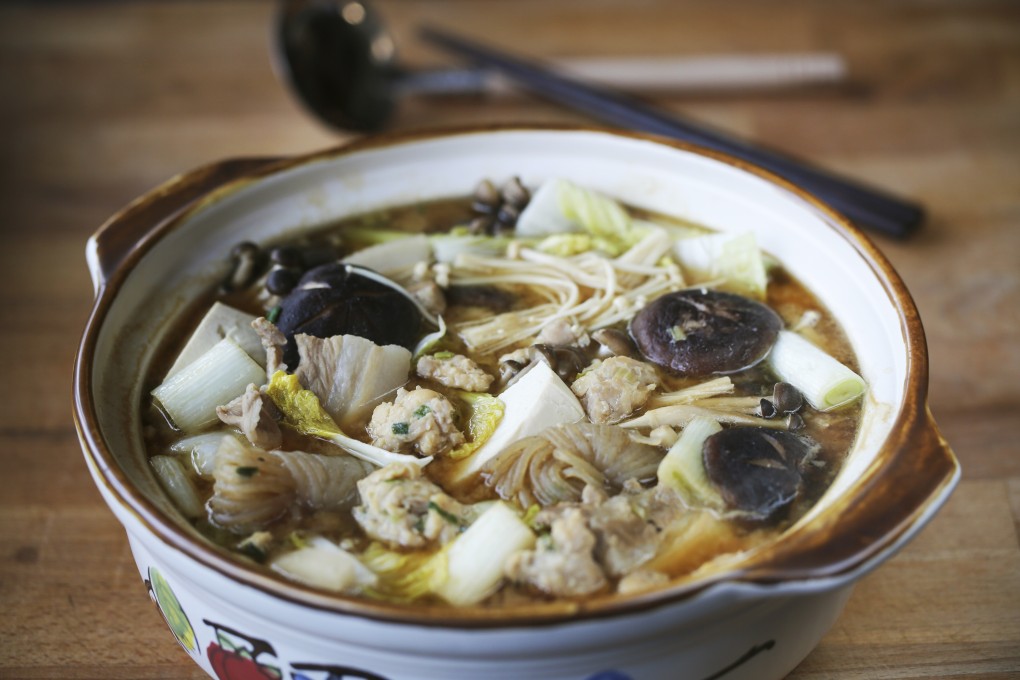How to make chanko nabe, the Japanese stew loved by sumo wrestlers
- The hearty hotpot is eaten in vast quantities to help the oversize athletes gain weight
- Cooked in a traditional earthenware pot, use dashi bags for an instant, umami-rich broth

In Japan, nabe, or hotpot, is a warming, winter soupy-stew cooked in a donabe (earthenware pot). Chanko nabe – sumo wrestler nabe – is a healthy, hearty, calorific version that gets its name because it’s eaten by sumo wrestlers to help them gain (or maintain) their weight.
Dashi bags look like tea bags, and can be found in the Japanese section of supermarkets. Just soak them in hot water for an instant, umami-rich clear broth. For this dish, choose the type made with katsuo (fermented and dried skipjack tuna) and kombu (giant kelp).
The best implement for grating ginger is a solid (no holes), roughly textured ceramic oroshigane with a groove that collects the juice and finely textured pulp. With this, the tough fibres remain attached to the root, so they can be cut off and discarded, unlike with rasp-type graters, which produce a rough, fibrous pulp.
Konnyaku, also called konjac, is slippery and grey, with the texture of firm jello. It is sold in small packs in the refrigerated section of Japanese supermarkets. It comes in many forms; for this recipe, buy the type made into small bundles of noodles.

If you have a portable burner, cook the nabe on the dinner table in front of your guests. Provide small ladles, so everyone can fish out their favourite ingredients. You need a donabe pot that holds about two litres, which is plenty for four hungry diners (or one or two sumo wrestlers).
After eating the solids and most of the broth, you can add more dashi broth to the pot and cook udon noodles, for soup noodles. Alternatively, you can add cooked rice and stir in some whisked egg, for a rich, flavourful congee.
